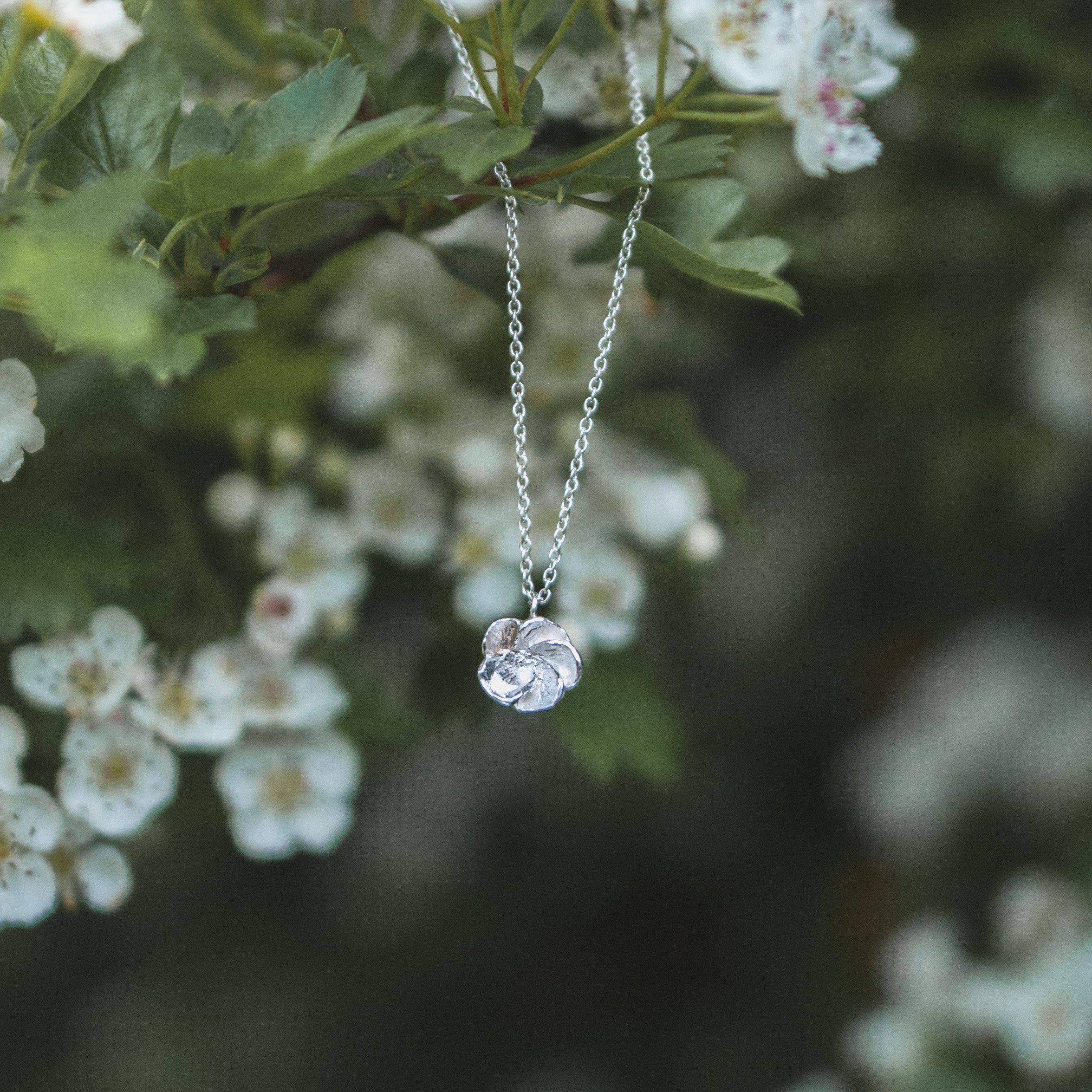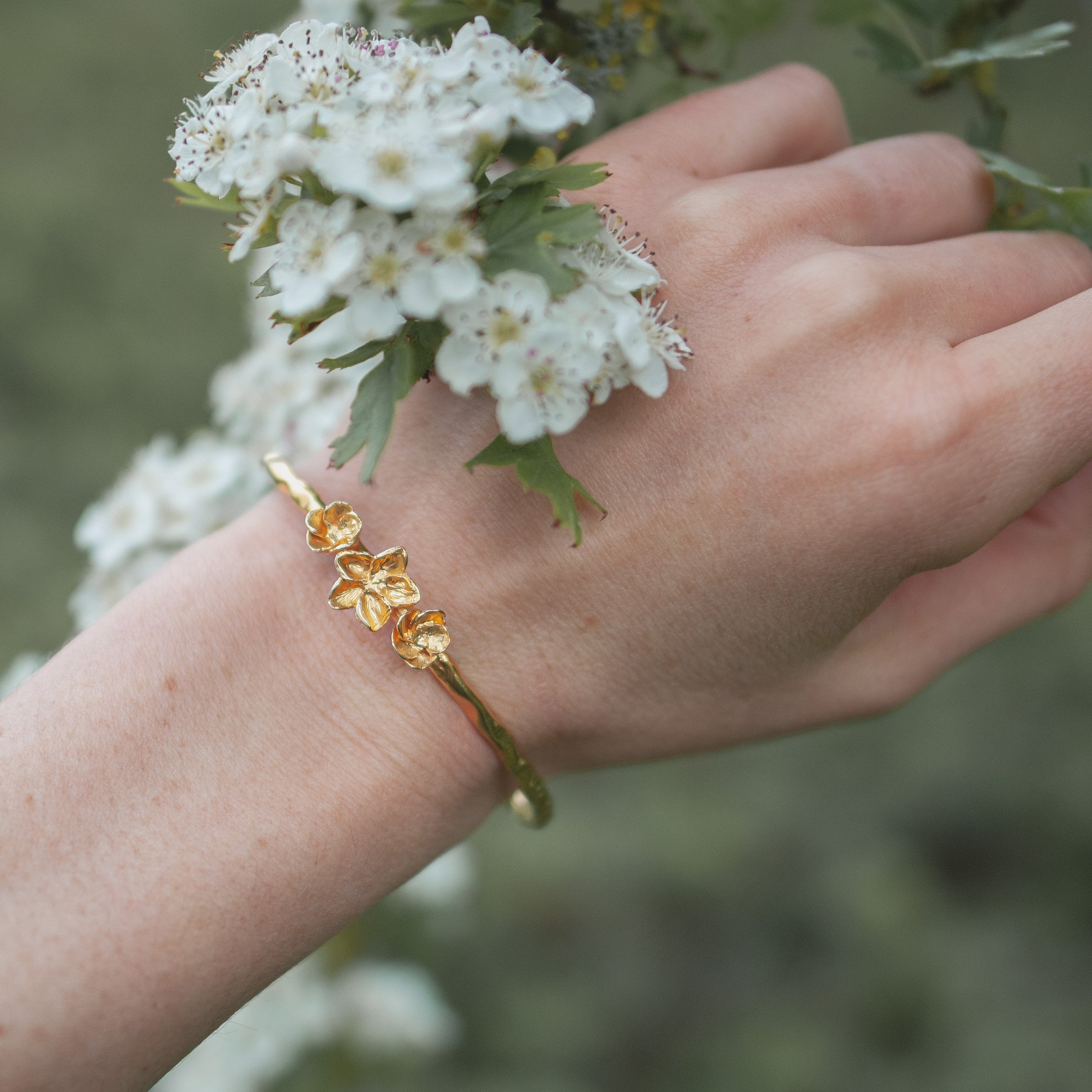Summer Solstice Celebrations: Ways to Welcome the Season in Nature
Celebrating the Summer Solstice
As the days slowly stretch, becoming ever longer and warmer, the summer season beckons us out of our indoor routines with the promise of sunshine, celebrations and rejuvenation.
There's something whimsical about the summer months unfurling, a particular sense of freedom, romance and possibility in the air. It’s the perfect time to slow down the pace of our everyday lives, indulge in some much needed idleness and really appreciate the growth and beauty of the natural world in full bloom.
“Rest is not idleness, and to lie sometimes on the grass on a summer day listening to the murmur of water, or watching the clouds float across the sky, is hardly a waste of time.”
The summer solstice, which marks the longest day of the year, is a particularly special time to celebrate this magical season. It is an opportunity to gather with friends and family, to enjoy spending more time outdoors, and to reflect on the wild beauty of the world around us.
In this blog post, I’ll be exploring a few easy ways to celebrate and observe summer in nature, as well as exploring the history and traditions surrounding the summer solstice too.
Ways to Celebrate the Summer Season in Nature
One of the best ways to enjoy and connect with the summer season is to simply spend time outdoors in nature, soaking up the beauty springing up in every hedgerow, field and woodland and grounding ourselves in the rhythm of summer.
Here are a few ideas for summer nature activities to explore this season:
Plan a hike or nature walk to a new area: Summer is the perfect time for hiking and exploring the great outdoors. Try planning a nature walk to a new area and look for wildflowers, birds, and other creatures that thrive in the summertime.
Visit a favourite beach or coastline: What could be better than spending a warm summer day by the seaside? Head to your nearest beach and soak up the sun, go for a swim or a paddle in the waves, or seek out fossils and seashells along the coastline.
Eat outdoors: Whether it’s a picnic in the park or a simple barbecue with friends, dining al fresco is one of the joys of summertime. Set up a table in your garden or pack a picnic basket and find a sunny spot to enjoy.
Alice Stewart Jewellery: the Flora & Fauna Fine Jewellery Collection
Inspired by the wild and untamed blossom found in British hedgerows my Flora and Fauna Fine Jewellery Collection is filled with timeless, nature-inspired designs, which capture the whimsy and magic of our blossoming summer verges.
Tap to explore this magical collection.
History and Traditions of the Summer Solstice
The summer solstice occurs when the earth’s axis leans towards the sun and creates the longest day of the year in the Northern Hemisphere, it occurs on or around June 21st. It is the day when the sun reaches its highest point in the sky, and once it has peaked, the days begin to get shorter once again.
Across many cultures and traditions, the summer solstice represents a sacred opprtunity to celebrate the sun, light, and the cycles of nature. The summer solstice is a time to celebrate joy, to revel in the abundance that summer brings and explore the themes of fertility and growth in our own inner lives.
One of the most well-known celebrations of the summer solstice takes place at the ancient monument of Stonehenge in England. The site is aligned with the solstice sunrise and sunset, and many people still gather there to mark the occasion with plenty of singing, dancing, and other festivities.
In some Pagan traditions, the summer solstice is also known as Litha. Litha is a celebration that honours the midpoint of summer. It is a time to celebrate the sun, the earth, and our relationship with the natural world. Litha is also often marked with bonfires, dancing, and feasting.
In other cultures, the summer solstice is associated with different beliefs and practices. In Scandinavia, it is known as Midsummer and the night was considered a time of magic and mystery, when plants acquired healing powers and were used to predict the future. In some Native American cultures, the solstice is also a sacred time to honour the earth and collect medicinal plants for healing.
Ways to Celebrate the Summer Solstice
There are many simple ways to mark the summer solstice and celebrate the changing of the seasons. Here are a few simple ideas to get you started:
Plan a solstice celebration with friends and family: Host a bonfire, sing songs, and dance to celebrate the longest day of the year.
Make a summer solstice altar or mandala: Create a sacred space in your home or garden to honour the solstice. Use flowers, candles, or other natural objects to symbolize the beauty of summer.
Go along to a local summer solstice festival: Many cities and towns host events to celebrate the solstice, such as music festivals, food fairs, and markets.
Plant seeds: Use the solstice as an occasion to plant something. Seasonal fruits and vegetables, wildflowers, and herbs can be planted in honour of the solstice and getting our hands in the soil is a wonderful way to connect with the earth.
Light candles: candles are a natural source of light and warmth, a symbol of the sun. Lighting a candle at dusk, during the solstice, is a way to honour the sun and its life-giving power.
As the summer season unfolds, we are given the chance to put our hurried lives on hold, spend time enjoying nature and honouring the changing of the seasons.
Whether that’s spending a day at the beach, hosting good friends for a solstice celebration, or simply taking a solo walk to sit and appreciate your favourite green space, there are so many ways to connect with the natural world during this enchanting time of year.










